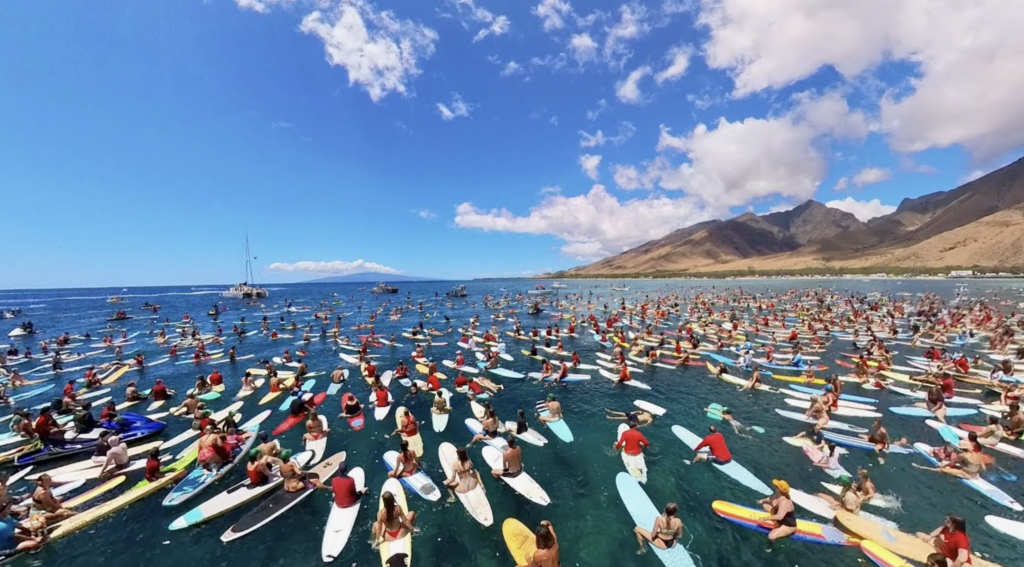As we mark one year since the devastating wildfires that swept through Lahaina, Maui, I want to share a personal reflection on the impact of this tragedy and our ongoing journey of recovery. My name is Makayla Rickard, and as the Maui Nui Program Manager at the Coral Reef Alliance (CORAL), both my work and my life are deeply intertwined with this community and its vibrant ecosystems.
The fires that tore through Lahaina not only ravaged homes and landscapes but also shattered the fabric of our community. For me, this event was more than a professional challenge—it was a deeply personal one. My family and I lost our home, and in the aftermath, we found ourselves displaced, moving multiple times and facing significant hurdles. Finding stable housing has been a continuous struggle, especially with the added challenge of having a beloved pet. Despite these hardships, we remain hopeful, buoyed by the collective strength and resilience of our community.
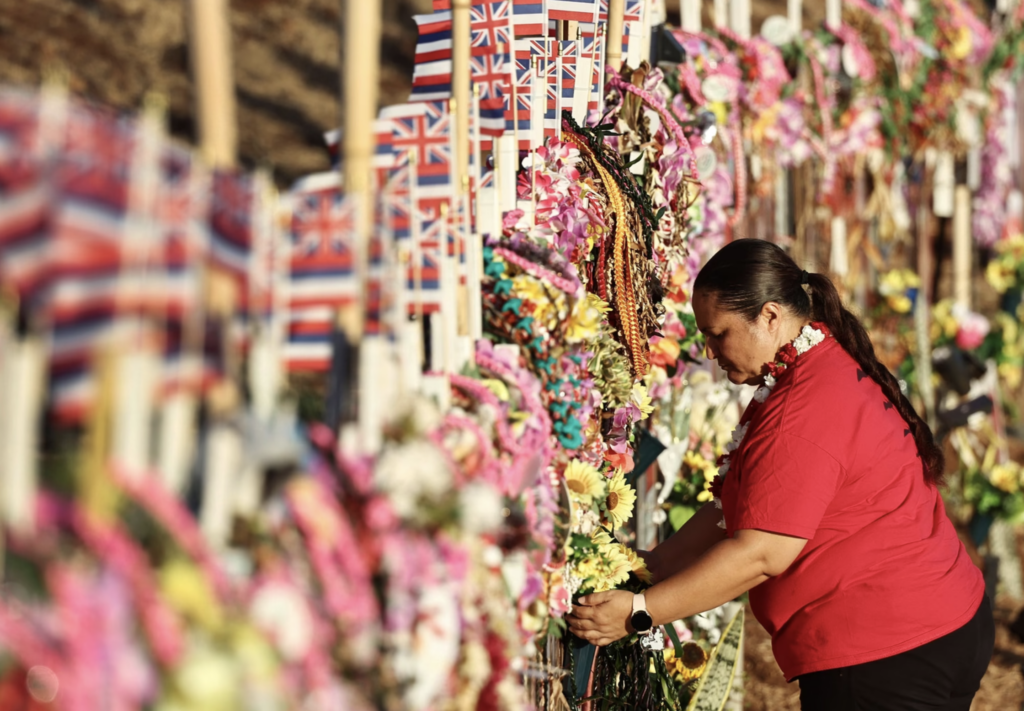
Hoʻomau ka ʻuhane o Maui—the spirit of Maui endures
In the year since the fires, our island has been on a journey of recovery—one that is as complex as it is hopeful. The fires left a deep scar on Maui, with over 1,399 homes destroyed and entire neighborhoods reduced to rubble.
But despite these immense challenges, there has been progress. Iconic places like Banyan Tree Park and the Lahaina public library are back open to residents, offering a glimmer of hope amidst the recovery efforts. The beloved Banyan tree, which was heavily damaged, has shown remarkable signs of regrowth, a symbol of our resilience. However, it’s important to acknowledge that while these milestones are significant, much work remains to be done. Affordable housing is still a critical issue, and many in our community remain displaced, grappling with the ongoing emotional toll of the tragedy.
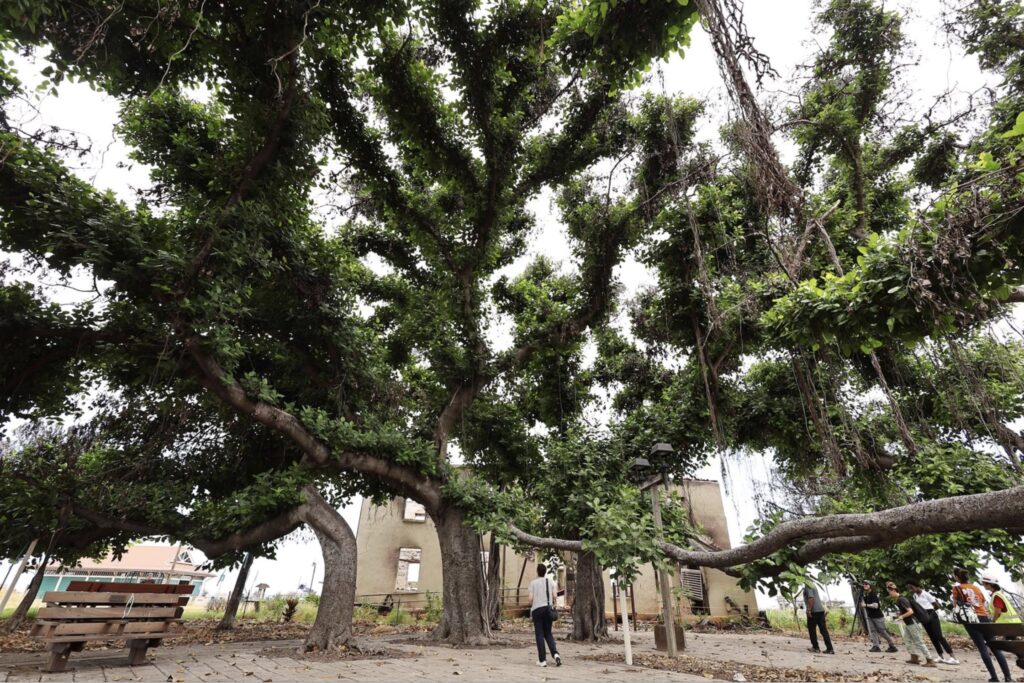
The Community Resilience Fund in Action
In response to the fires, CORAL launched the Community Resilience Fund to provide unrestricted support to local environmental organizations and initiatives. The aim was to empower those who know Maui best—our local leaders, community members, and grassroots organizations—to address the most urgent environmental needs during this time of crisis. Over the past year, this fund has supported a wide range of environmental recovery efforts.
One of the organizations supported by the fund is Treecovery, which has potted 3,500 trees in 14 grow hubs across Maui and is partnering with master carver Dale Zarella on a series of carvings called “Rising from the Ashes; Spirits of Lāhainā.” These creations, crafted from burned trees, symbolize the resilience and regeneration of our land.
Another organization supported by the fund is the Maui Bioremediation Group, a grassroots coalition formed to address the environmental damage caused by the fires in Maui. Their mission is to heal the burn scars on the island using bioremediation—natural mitigation methods involving native plants, fungi, and locally-made compost. Their work focuses on making the soil safer for future planting, improving water quality, and protecting the ocean from toxic runoff.
The outpouring of support from across the globe has been overwhelming, and I’m deeply moved by the generosity of those who have contributed.
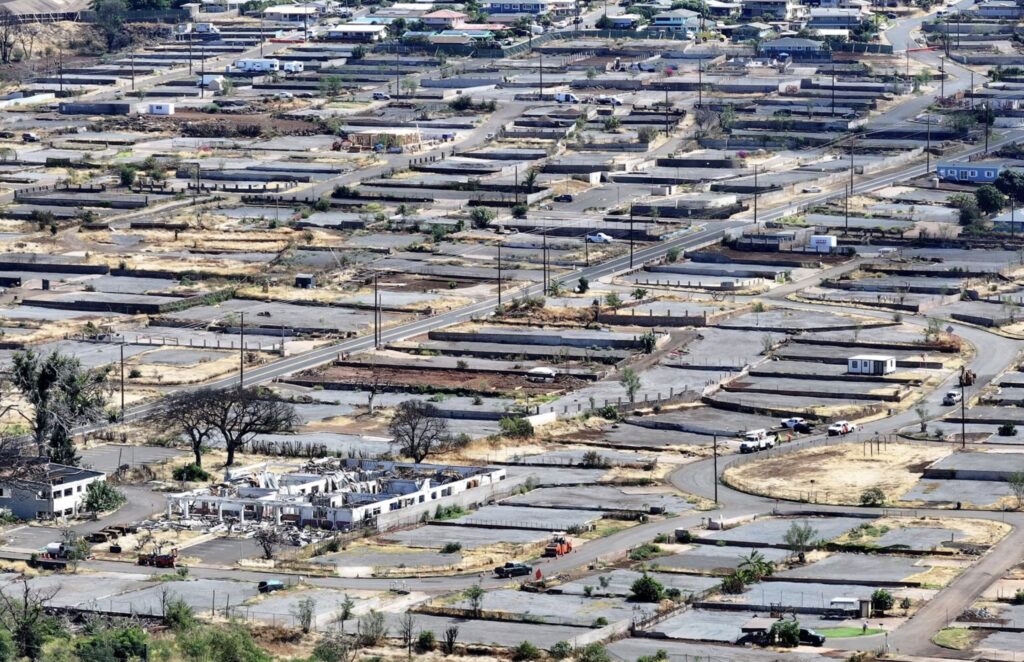
Healing Our Island’s Ecosystems
When the wildfire swept through Lahaina last August, it left behind a trail of toxic ash, laced with contaminants like arsenic, lead, and copper. These pollutants now pose a serious threat to nearshore health, which are vital to both our community’s economic stability and our cultural identity. Our regional program director, Manuel Mejia, often reminds us of the Hawaiian proverb, “E ola ke kai, E ola kākou,” meaning “As the sea thrives, so do we.” This connection between our well-being and the health of our reefs is deeply rooted in our lives here.
In the immediate aftermath, barriers were installed around storm drains to filter out debris, but much of the ash still makes its way into the ocean. Local scientists and community members are working tirelessly to monitor the situation. Citizen scientists are using drones to film runoff, and researchers are collecting soil and water samples to understand the extent of the contamination. For example, Dr. Andrea Kealoha from the University of Hawaii has been deploying water sensors that capture data on everything from oxygen levels to water movement, providing a clearer picture of how our reefs are responding.
The full impact of the toxins on coral reefs will take time to fully understand. In the short term, fewer human stressors like tourism might offer some temporary relief, but the long-term effects remain uncertain. There’s also concern about potential toxins building up in fish, threatening food security for many who rely on the reef for their sustenance.
As we continue to navigate these challenges, we’re committed to protecting and restoring our precious marine ecosystems, ensuring that they can thrive once again.
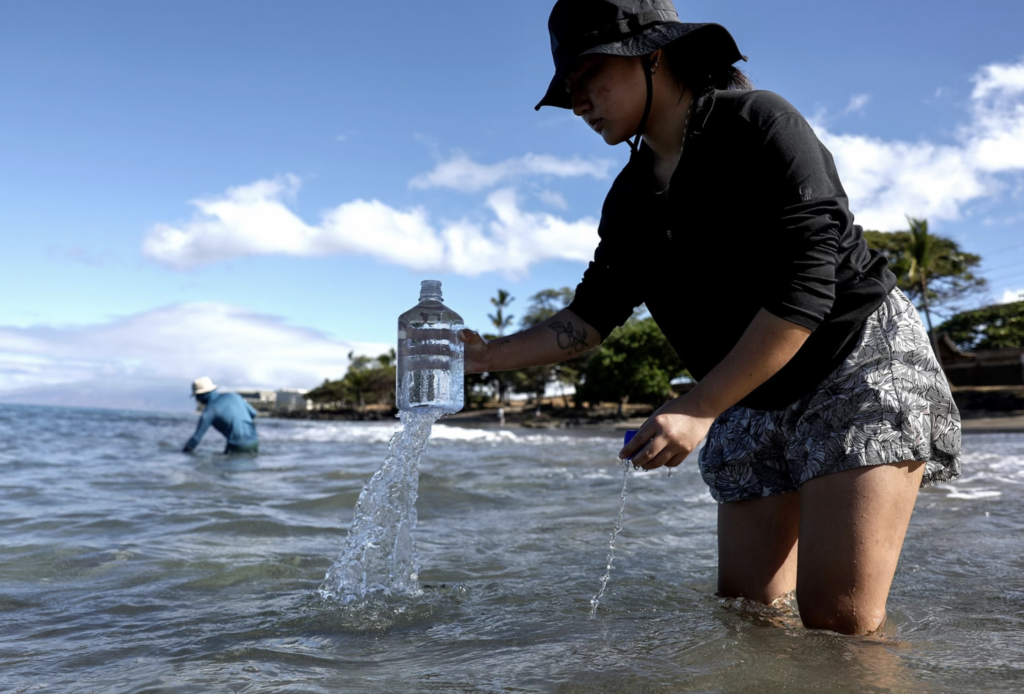
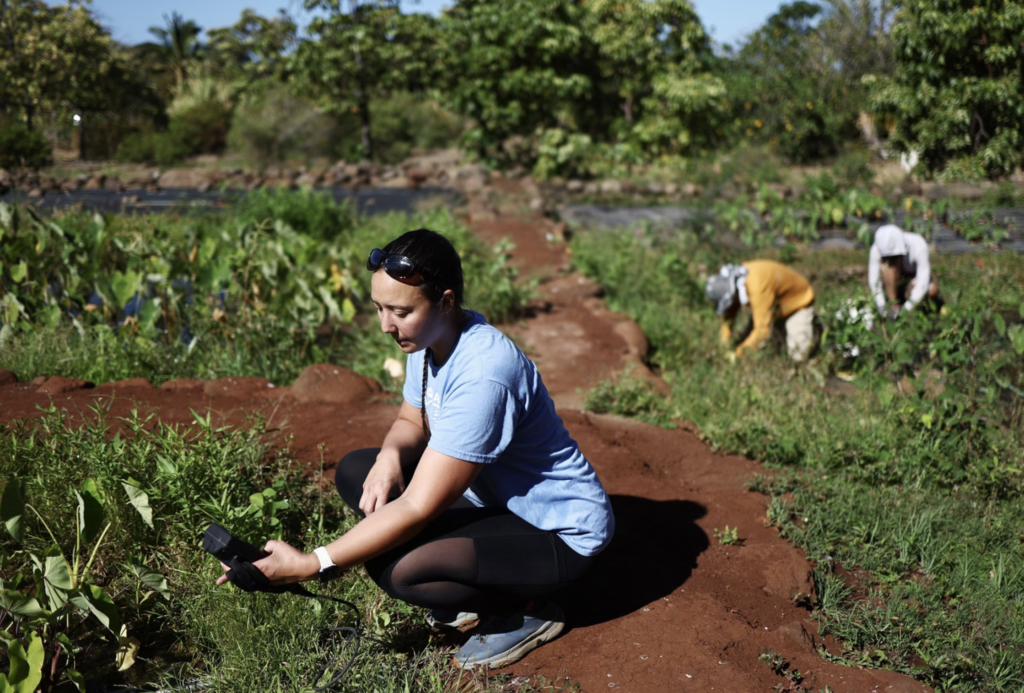
Looking Forward
There’s still so much to be done, but the resilience and determination of the Maui community give me hope. Every day, I’m inspired by the people around me—the neighbors who’ve turned their homes into makeshift shelters, the volunteers who’ve shown up day after day, and the donors who’ve contributed to our recovery efforts. This past year has been the most challenging of my life, but it has also been a testament to the power of community.
To everyone who has supported us—whether through donations, volunteer work, or simply keeping us in your thoughts—mahalo. Your support means the world to us as we continue the long road to rebuilding and restoring our island home.
